Europeans' Mass Market Revival: How Volkswagen, Skoda and Renault Are Plotting A BIG India Comeback
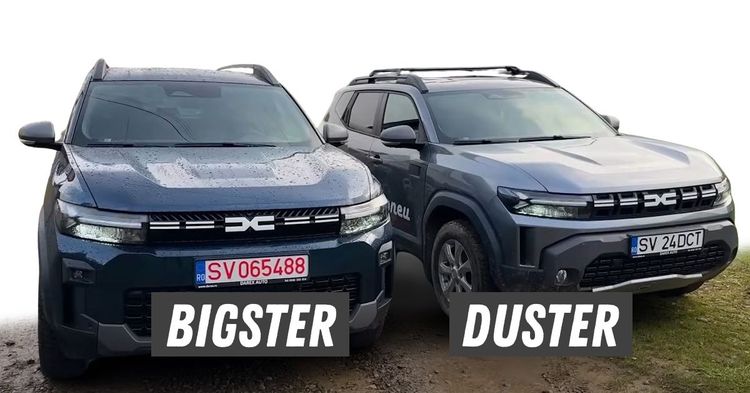

European carmakers are quietly preparing one of the boldest comebacks in India’s mass-market automotive space. Despite Skoda closing 2024-25 with 44,866 units sold, Volkswagen at 42,230 units, and Renault sliding to 37,900 units, these numbers do not tell the full story. Behind the scenes, these three European brands are reshaping their product and strategy roadmap, investing over ₹10,000 crore, and lining up more than a dozen new models. The primary focus is on cracking the high-volume sub-4-metre SUV segment, which now accounts for nearly 30 percent of all passenger vehicle sales in India.
What makes this turnaround compelling is the timing. Just when many considered them out of the game, these manufacturers are doubling down with India-first strategies. The sub-4-metre SUV segment alone clocked over 1.13 lakh unit sales in February 2025, up 17 percent year-on-year. That surge presents a sizeable opportunity that the European trio is now keenly eyeing.
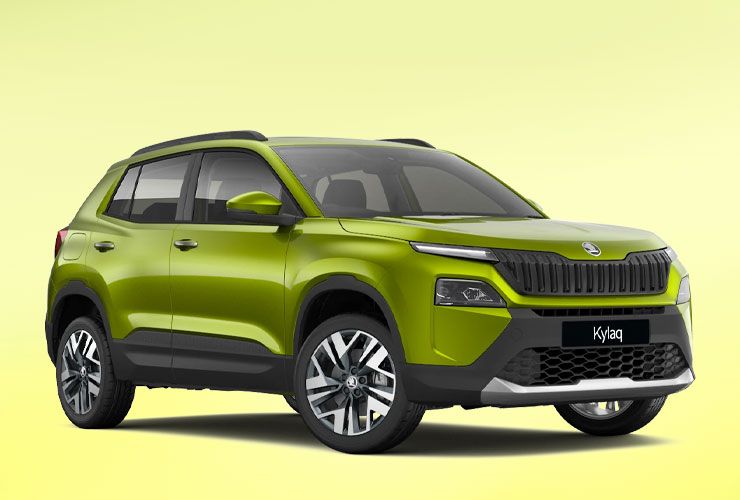
Skoda’s fightback begins with the Kylaq, a compact SUV that has quickly become a breakout success. In March 2025, Skoda recorded its best-ever monthly sales at 7,422 units, thanks largely to the Kylaq, which starts at ₹7.89 lakh and has already crossed 15,000 bookings. The impact has been swift, with the brand jumping from 11th to 7th position in the carmaker rankings.
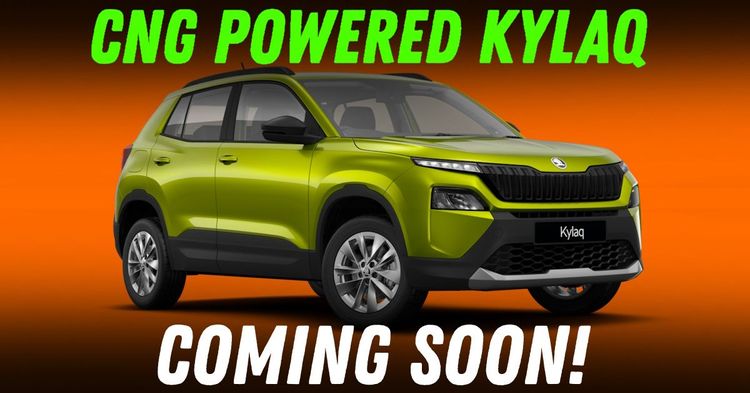
Skoda plans to consolidate these gains with an additional Kylaq variant positioned between the Classic and Signature trims, due later in 2025. A CNG version is also expected in early 2026, aimed at buyers in tier-2 and tier-3 markets where fuel economy often trumps brand value.
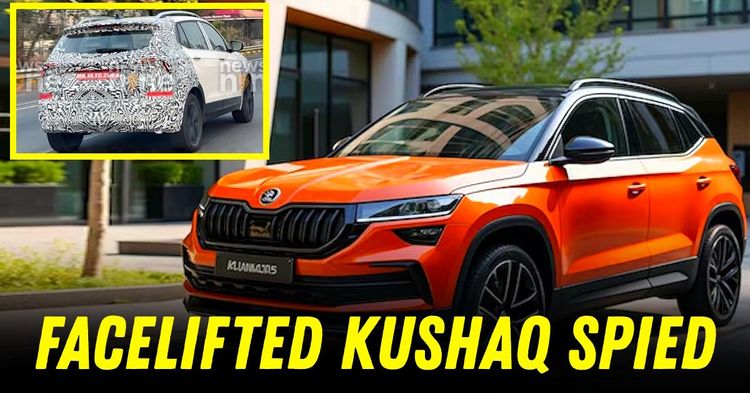
Meanwhile, the Kushaq and Slavia are both scheduled for significant facelifts in 2025. Key upgrades include panoramic sunroofs, ADAS features, and visual refreshes like connected taillights and LED light bars. These improvements aim to address earlier criticisms of delayed product updates.
Crucially, Skoda’s investment in the new India Main Platform (IMP) is designed to create affordable electric SUVs and MPVs specifically for Indian roads. The IMP project is a strategic move to eliminate the over-engineering that has previously hurt European brands’ competitiveness in the country.
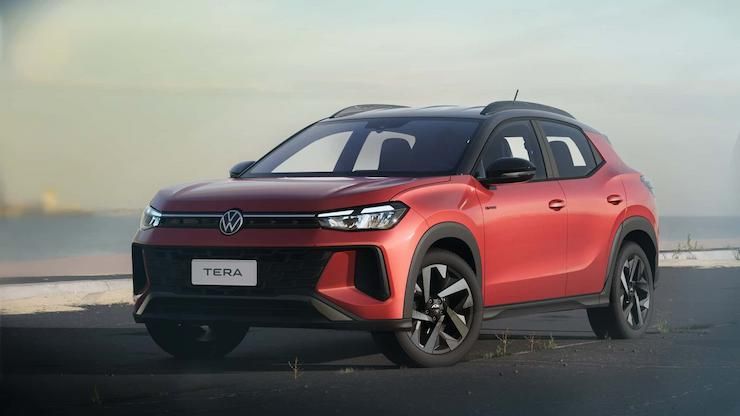
Volkswagen’s approach closely mirrors Skoda’s but with added elements of its own. The German brand is readying its own compact SUV for 2026, intended to replicate the success of the Kylaq with distinct VW characteristics. This signals a clear departure from the earlier strategy of bringing in European models with limited localisation.
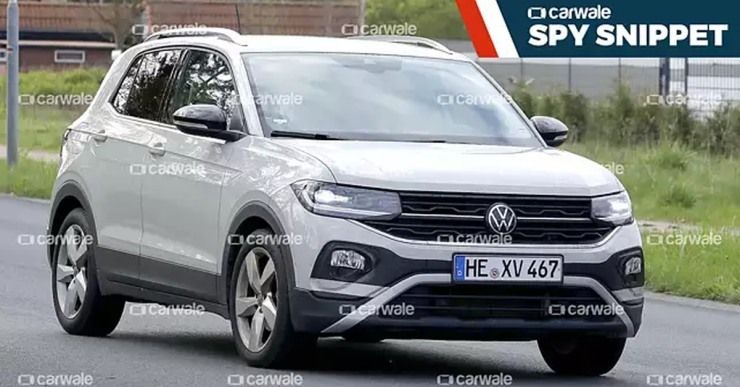
The Virtus and Taigun will also undergo major refreshes next year. The updated versions will feature more technology, including ADAS, and premium touches that today’s buyers expect. In the pipeline are next-gen versions of both models, including a longer, possible seven-seater Taigun.
Volkswagen’s collaboration in the IMP ensures it can also offer mass-market electric models. Sharing this EV platform with Skoda helps reduce development costs and speeds up product rollout while maintaining competitive pricing for the Indian market.
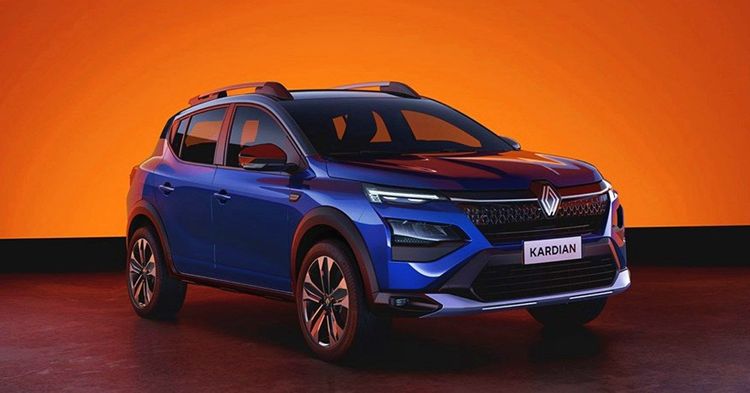
Renault, which has witnessed a steep decline in recent years, is preparing its most aggressive product renewal of the decade. The brand will first bring facelifts of the Triber and Kiger by the end of 2025. But its true comeback begins in 2026.

The relaunch of the Duster is a key milestone. The new version, designed specifically for India, is expected to debut in March 2026, priced between ₹10 to 15 lakh. Renault will follow this up with the Boreal, a seven-seater SUV based on the international Dacia Bigster, expected to cost between ₹13 to 18 lakh.
Electrification is also part of the plan. An electric Kiger is set to arrive in 2027, directly rivaling the Tata Punch EV. Renault also plans to integrate strong hybrid powertrains into the Duster and Boreal, while CNG variants will continue to cater to cost-conscious customers.
The strategies of these brands are being deployed into an automotive landscape that looks vastly different from the one they previously struggled in. The sub-4-metre SUV segment, which has seen sales exceed 1.12 lakh units in March 2025 alone, is now a cornerstone of the Indian passenger vehicle market.
Consumer preferences have also shifted. There is increasing demand for vehicles that offer premium features, space, and strong safety credentials. Sunroof adoption has grown from 4 percent in 2019 to 26 percent in 2023. Automatic gearboxes, once niche, have expanded significantly as well.
Importantly, buyers are now willing to pay more for better design and performance, making the earlier tax disadvantage for European brands less relevant. While sub-4-metre models still get tax benefits, rising incomes and changing tastes are giving well-engineered premium products a fighting chance.
European brands previously faltered by misreading the market. They offered sedans when SUVs were in demand, focused heavily on build quality without addressing price sensitivity, and lacked dealership presence in smaller towns.
This time, they appear to be addressing each of those missteps. The focus is squarely on SUVs, the platforms are India-specific, and there is a conscious push to expand dealer networks. Crucially, electric vehicles are part of the initial design rather than an afterthought.
The Kylaq’s success has already shown that European brands can win in India when they align with local expectations. With over a dozen new models planned across these three manufacturers in the next three years, the momentum could build quickly.
The real question is no longer whether European carmakers can succeed in the Indian mass market. The answer is yes. The question now is whether they can sustain and scale this success before the next wave of competition reshapes the market yet again.